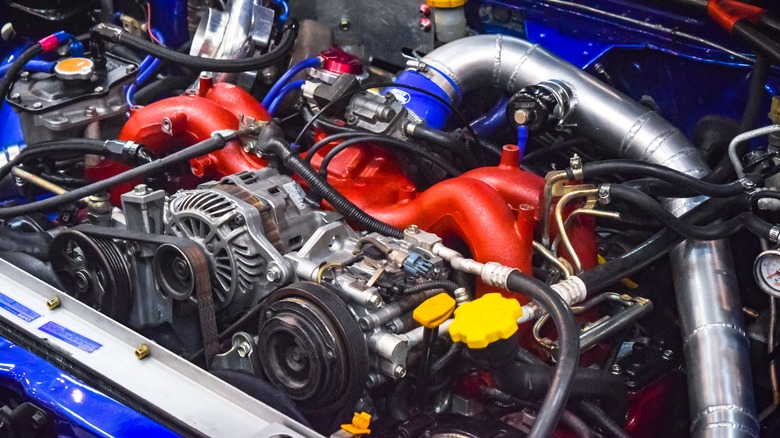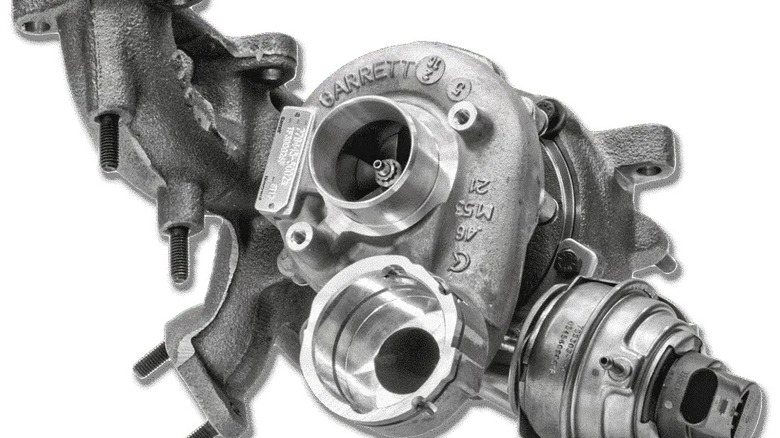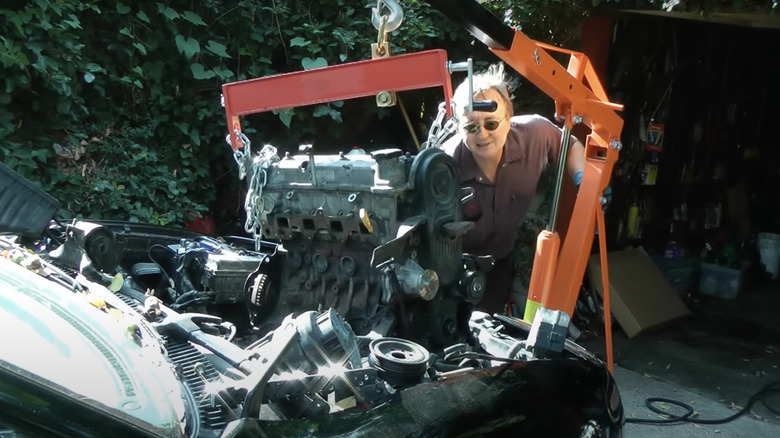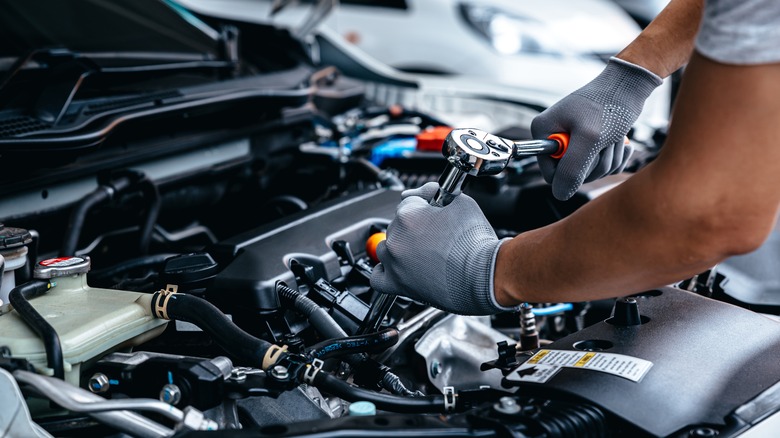Turbo Upgrade Vs. Engine Swap: Which Is Better For Your Project Car (And Wallet)?
Taking on an automotive restoration or restomod is a process that can be simultaneously enjoyable and frustrating. Aside from the hours of work and significant expense, these projects require an endless stream of decisions to be made. Choosing the wrong path at any point can lead to massive unexpected expenses or delays that might even prevent you from finishing the job.
The most important decisions come when you consider what to do about a project car's engine. Whether you're looking to use the car for daily driving or vastly increase its performance or fuel efficiency, changes under the hood often take up the bulk of a project's planning time, working hours, and budget.
Adding a turbocharger to a naturally aspirated engine is one of the many ways to boost an engine's output, but is a turbo upgrade better than an engine swap when it comes to adding horsepower and saving money?
Turbo upgrades require less work than engine swaps
Turbochargers use a series of air tubes and turbines to compress exhaust gases and send that denser air back into the engine's cylinders. This allows for more fuel to be used on each stroke, making engines more powerful. Provided you can continue using the gas pedal judiciously, being able to get more power from a small engine should lead to fuel savings as well.
To upgrade a naturally aspirated engine to a turbocharged one requires some additional components aside from the turbocharger itself. At the very least, you're going to need a new exhaust manifold and some extra plumbing to route the air. You can buy a kit from suppliers like Garrett Motion that will include a turbocharger, manifold, and some additional hardware, but adding denser air to an engine also usually means you need to modify the fuel delivery system. On some cars, all this might mean is adding a new fuel pressure regulator that responds to the demands of the turbocharger, but on others you'll need to replace the injectors, fuel pump, and lines. This is where extensive research is needed to know what the best path for your project is. There are online forums for nearly every make of vehicle, and you can generally find solid advice there.
Plan carefully whichever route you choose
You can also consult the experts at a vendor like Turbokits and enlist their help in planning your turbo upgrade. If all of this sounds more daunting than it did a few paragraphs ago, turbo upgrades still generally involve less planning and work than engine swaps and don't require an engine hoist and a helper to make the swap process more manageable.
Engine swap options are plentiful thanks to the vast selection of crate engines from Summit Racing and other vendors. A Chevy LS engine swap is a common choice for many shade tree mechanics, due to the reliability and large aftermarket support of these motors. The question of whether an engine swap is better than a turbo upgrade requires some careful consideration of how much you're willing to do and spend, and extensive research on your specific project will be necessary before making a final decision. At minimum, a turbo upgrade involves installing a turbocharger, manifold, and new fuel system. Engine swaps usually also involve installing new wiring, fabricating or installing new motor mounts, or figuring out how to mount engine accessories.
Engine swaps can produce more horsepower gains than turbo upgrades
We've previously detailed some important parts you'll need for an LS swap, and most other engine swaps require at least this much pre-planning. The obvious advantage of an engine swap over a turbo upgrade is that you will have a new engine and can likely expect to get more life out of your car. It will be up to you to price each job out and determine which is the best option for your situation. The power and fuel economy improvements you get from a turbo upgrade can be significant, but an engine swap can also greatly increase the resale value of your car if done carefully.
The more work you commit to, the more of a change you will see. A turbo upgrade will nearly always be easier than a complete engine swap, but will probably only get you a 30-40% improvement in power and fuel efficiency. On the contrary, swapping out a Jeep 2.5 liter I4, which was a dependable engine but could struggle to move a 2,855-pound 1988 Wrangler, can give you much more significant gains. For example, pulling the 2.5-liter Jeep engine and replacing it with a 4.8-liter LS III will more than double the stock output of 120 horsepower.



